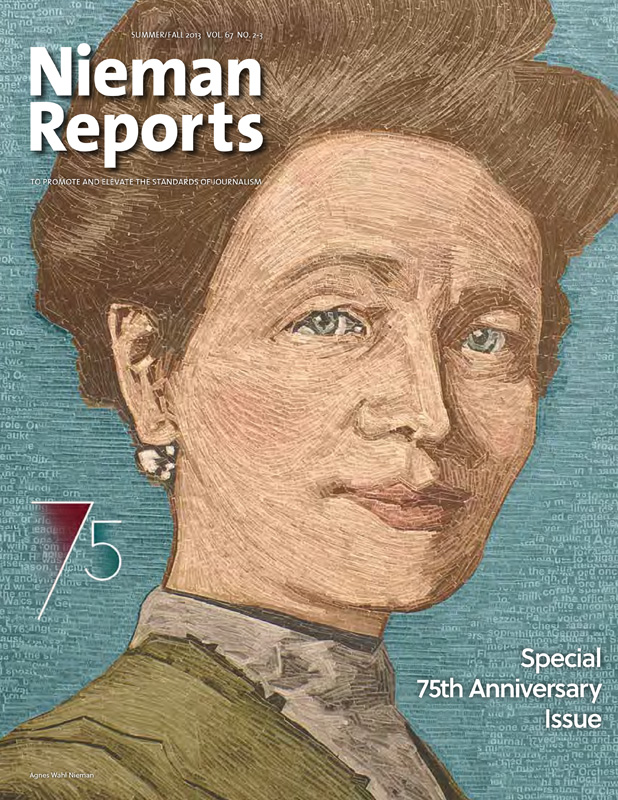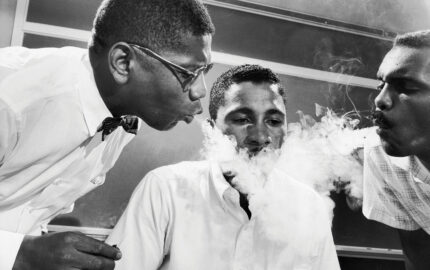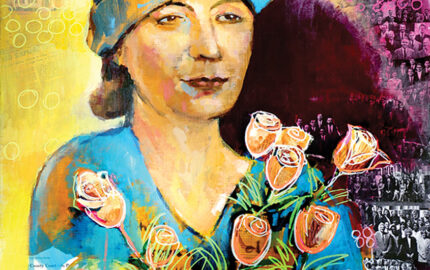Creator of the syndicated “Kudzu” comic strip, Marlette won a Pulitzer for editorial cartoons he drew for The Charlotte (N.C.) Observer and The Atlanta Journal-Constitution

When Doug Marlette (1949–2007) returned to Charlotte, North Carolina from his Nieman year, he was eager to talk about all the famous people he’d met—Gloria Steinem, Fred Friendly, Stephen Jay Gould, and John Kenneth Galbraith—and how they’d related to members of his class. He was impressed by his professors at Harvard and appreciated the fact that they, in turn, welcomed the perspectives that the Nieman Fellows brought to Harvard from all over the world.
Doug arrived in Cambridge a Southerner, the first cartoonist to be awarded a Nieman, and unsure of himself, although he would never show it. Discovering that he could match wits with the best allowed him to see himself in a larger way, as a writer and thinker, something beyond a cartoonist, something beyond what people expected. He became unafraid of risk or failure. It turned out that he had more potential than he ever knew. Not content to merely get better at what he had already mastered, he became a playwright, essayist and novelist. Marlette's work is featured on Nieman Storyboard
By Mark F. Ethridge III, NF ’86, a colleague of Marlette’s at The Charlotte (N.C.) Observer




